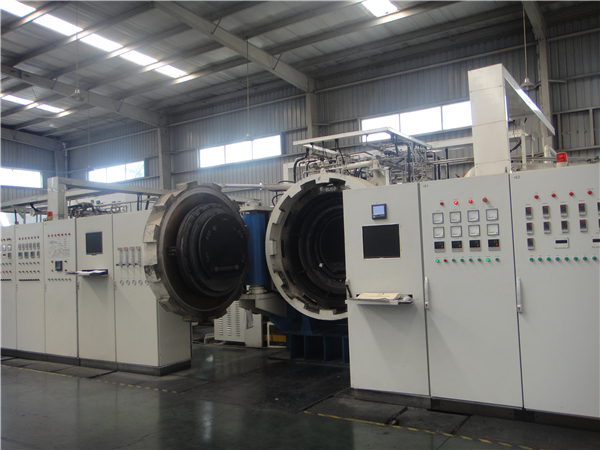The manufacturing process of tungsten carbide starts with the mining of the tungsten ore. At temperatures ranging between 800 and 1000°C the tungsten oxide is reduced into pure tungsten powder. The powder to be used further on consists of various carbide powders, binder metals and pressing accessories as well as other additives which can be wet milled to the requested grain size in different periods of time; subsequently they are granulated through spray-drying.
Pressing & Forming
Four different pressing procedures may be used to form the granulated mixture:
Die pressing: in direct pressing, a pressing tool is used to press the powder into its final form.
Extrusion pressing: this procedure is applied to produce parts like bars or strips; plasticised powder is pressed through a die and then cut.
Powder injection moulding: in metal powder injection moulding the cemented carbide paste is formed in an injection moulding machine.
Cold isostatic pressing: in this procedure rubber tubes in steel cages are filled with the powder and afterwards mounted in the cold isostatic press, which converts the powder into roughly shaped blanks. The following shaping process then provides the final form.
Sintering
The sintering process determines the actual properties of the resulting carbide grade. In the sintering process the heat treatment at around 1,500°C converts the green compact into a homogeneous and dense cemented carbide body. The volume of the green compact is reduced by up to 50%, depending on the carbide grade. This means that a lot of expertise is necessary for the production of the blanks so that the final products will have the correct dimensions.
Sintering time: approx. 24 hoursPressure: up to 100 bar
Sintering temperature: 1,400°C – 1,600°C


